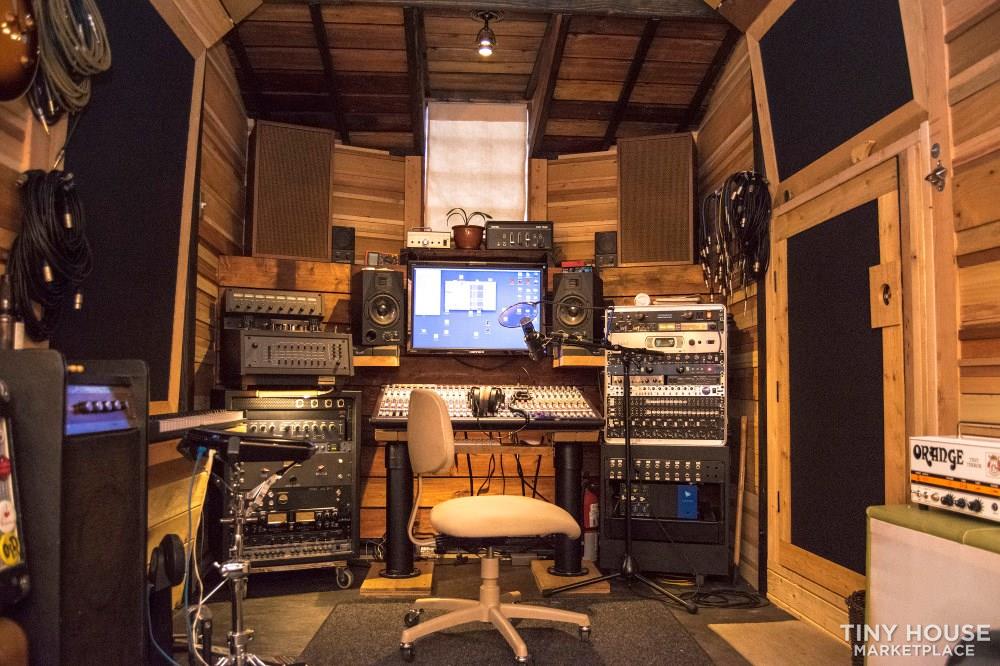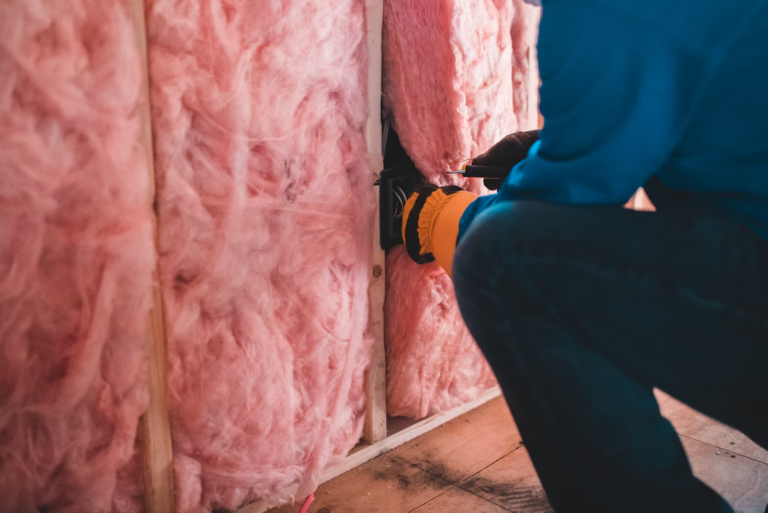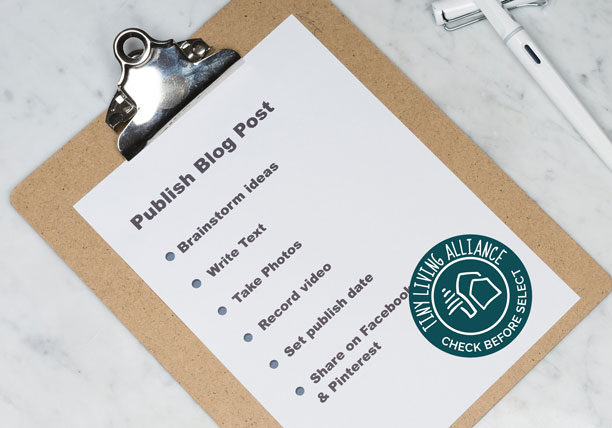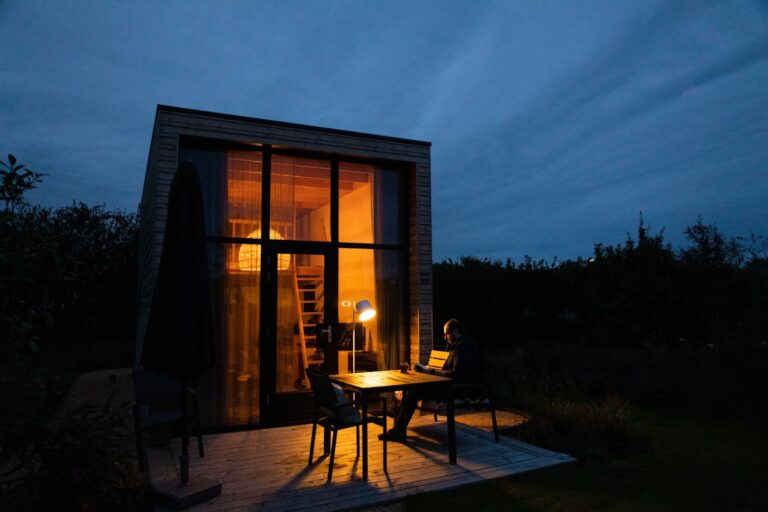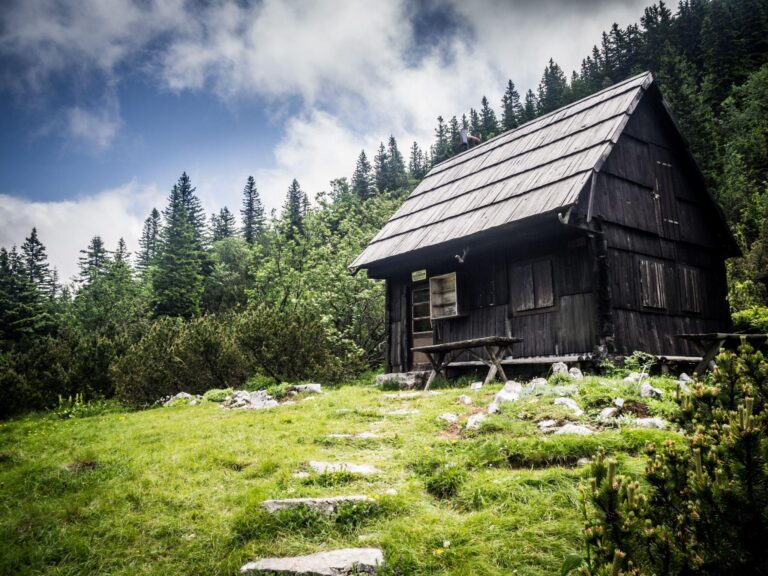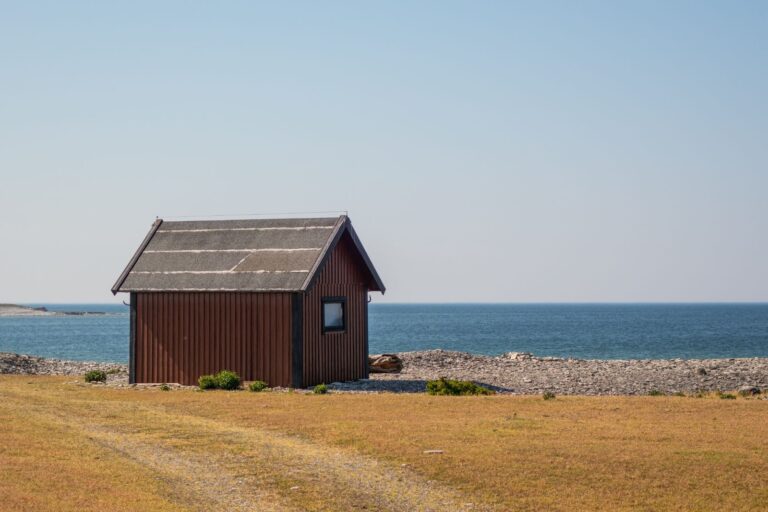Sound Control Solutions for Tiny Homes
Tiny homes have been one of the most popular structures within the last ten years, but they’re prone to small issues that can build up while living in or using them. Sound is a huge influence on how we perceive any space and how focused or relaxed we can stay, so it’s vital that you take the time to make your tiny home as sealed as possible.
These are some of the best sound control solutions for tiny homes, and why it matters!
Why a Tiny Home Should Be Soundproofed
A tiny home could be soundproofed for endless reasons. Whether you live on a noisy lot and don’t want to deal with the outside world, or you want to be able to blare your music without annoying your neighbors, there are dozens of reasons.
A recent movement for music producers has been to create sound studios out of tiny homes. These spaces are awesome for recording music and will give you the opportunity to create crisp and clear music in an affordable area without having to worry about the outside world.
Creating a completely soundproof property is a one-of-a-kind choice that will give you the opportunity to create an oasis for yourself and your hobbies.
Covering Your Walls
Sound isn’t from one single source when it fills a room. These waves can bounce off of every single area of a room and are only softened when it hits something like sound-absorbing panels.
Make sure your walls themselves are well insulated. With a tiny house, if you plan on moving it ever, it’s vital that you use lightweight materials, but adding as much insulation is a good idea that doesn’t add weight. Good insulation absorbs sound while also keeping the temperature as comfortable as possible.
You can still have things like posters or signs up, but keep in mind if you’re recording in this area, that’s going to ruin the effect of the panels. Try to keep the boards in the open in whatever areas you’ll be recording in.
You can also apply these to doors, but it’s a smarter idea to take the time and ensure the seal around the door is strong and intact before you try adding anything else.
The Ceiling Adds Echo
Even though ceilings in tiny homes aren’t that high, they can still add an echoing effect that isn’t always kind to ears. To take care of that, adding acoustic ceiling panels can knock out a lot of the sound and keep it at a comfortable level.
Acoustic panels on the ceiling can be dressed up to look like classic ceiling tiles and come in dozens of different styles. Although they can have a more industrial look, acoustic ceiling tiles are a great tool to have in your arsenal.
Keep Up With Studio Trends

If you’re considering using your tiny home as a recording studio, it’s a good idea to keep up with the trends in that market. This means adding studio acoustic panels, which can help replicate the clear and perfect sound of a studio ten times the size of your tiny home.
Consider a portable vocal booth if you’re just starting out and can’t devote your entire property to this. These booths are small and will fit just you and a microphone but will absorb most sound.
How to Get the Most Coverage Possible
Coverage is important since any crack in the shield you build by soundproofing can quickly ruin the audio of a recording or allow exterior noise to make its way in. The best way to build a strong resistance is to take a tip from honeybees. Hexagons are one of the strongest shapes we know, and hexagon acoustic panels will help make a soundproof barrier against the outside world.
Layering acoustic tiles can also be a choice some go with since it adds a second layer of protection. This isn’t always needed if you’re investing in a good brand, but it will give you the peace of mind that your production, or sleep, won’t be interrupted by the outside world.
Mistakes to Avoid When Soundproofing

When you’re soundproofing, there are a few mistakes you should avoid. For one, trying to avoid using any heating or cooling system is a big mistake, especially if you’re going to have recording equipment in there. This technology doesn’t need to overheat. If it does, you could shorten how long it lasts for you and how well it works.
Another mistake is thinking that windows should be avoided if you want to avoid noise. There are plenty of well-insulated windows that can block out sound. If you’re still nervous about them, getting sound-absorbing curtains can help.
Soundproofing is a Major Project

Whether you’re going to live in this home or it’s going to be a recording studio, it’s important for you to soundproof it as much as possible. Create the perfect property for yourself, and you’ll enjoy using it more.

